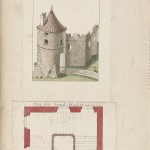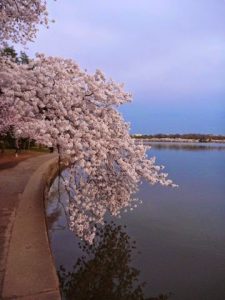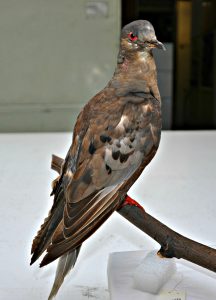
Please join us for this free film showing and lecture!
This event is free and open to the public. If you plan to attend, please RSVP via email to SILRSVP@si.edu.

Please join us for this free film showing and lecture!
This event is free and open to the public. If you plan to attend, please RSVP via email to SILRSVP@si.edu.
A few months back, we set out to ingest the Hirshhorn Museum Library Audio Archive from our old site into our new, Drupal-run site. The collection include audio clips of interviews with artists as well as lectures and other events held at the museum from 1969-2004. With the use of views and panels, we were able to set up the Hirshhorn audio page in a similar layout to the old site. With the use of feeds import, we were able to ingest all of the information about each and every lecture. We converted the links of the media files to audio players so that you never have to leave the page you are on in order to hear the supporting audio. It was a great opportunity to flex my Drupal muscles.

Sébastien Vauban (1633-1707) was the premier military engineer of his age and revolutionized siege warfare. Vauban was a Marshal of France as well as a Marquis. He is best known for his engineering and theoretical approach to fortifications, both on the design and attack fronts. One of his fascinating manuscripts on the fortification of cities was recently uploaded to the Smithsonian Transcription Center where you can help uncover its secrets.

This post was written by rare books cataloger Julia Blakely. It originally appeared on the Smithsonian Collections Blog.
The spectacular display of the capital cherry trees of this year is but a happy, distant memory and the gardens of Washington have that hot, exhausted look of August, escaping into a rare gardening book is in order. The Cullman Library has a survivor of an ephemeral form of publication—nursery trade catalogs—that are valuable not only for their pictures (documenting different techniques of illustrating processes) but as research sources on introduction of plants into the trade as well as trends in horticultural fashion. L. Boehmer & Co. in Yokohama, Japan, produced for the 1899-1900 season the Catalogue of Japanese lilybulbs, iris and other flower roots, trees, shrubs, plants, seeds, etc.
We hope you get a break from punching the clock and a chance to enjoy your time off, American workers! If you are looking for a little holiday reading, perhaps more »

This post is written by Helen James, Curator-in-Charge, Division of Birds, National Museum of Natural History. Ask Helen a question during our Twitterchat on Tuesday, September 2nd!
Martha, the last passenger pigeon, is back on public display for the first time since 1999, this time in an exhibition titled Once There Were Billions: Vanished Birds of North America that opened in the Smithsonian Libraries Exhibition Gallery of the National Museum of Natural History on June 24. Martha died on September 1, 1914, in the Cincinnati Zoo; she was immediately frozen into a 300-pound block of ice and shipped by fast train to the Smithsonian in Washington. There her body was carefully preserved as a taxidermy mount and an anatomical specimen. She had been recognized in the last years of her life as the only surviving individual of a species that was the most abundant bird in North America only decades earlier. In death, she has become one of the Smithsonian’s most treasured specimens. Martha’s story was a wake-up call for our nation regarding its unregulated harvesting of natural resources and contributed to the development of our modern conservation ethic and laws protecting wildlife.